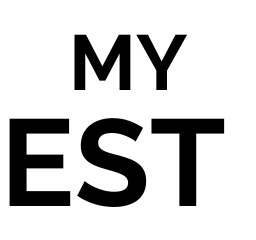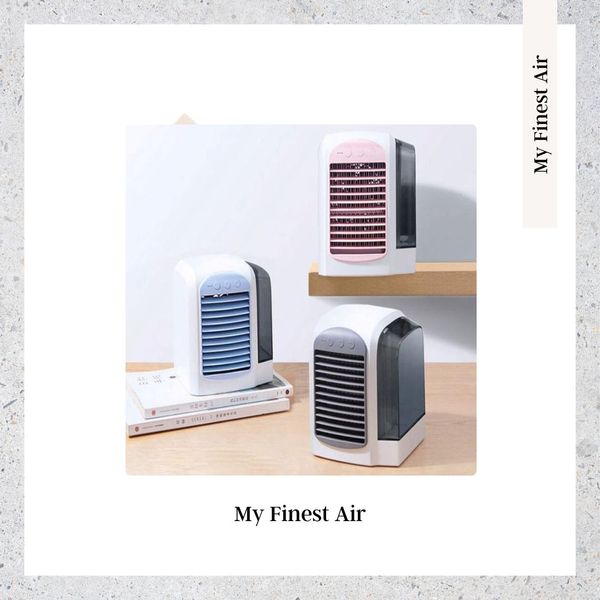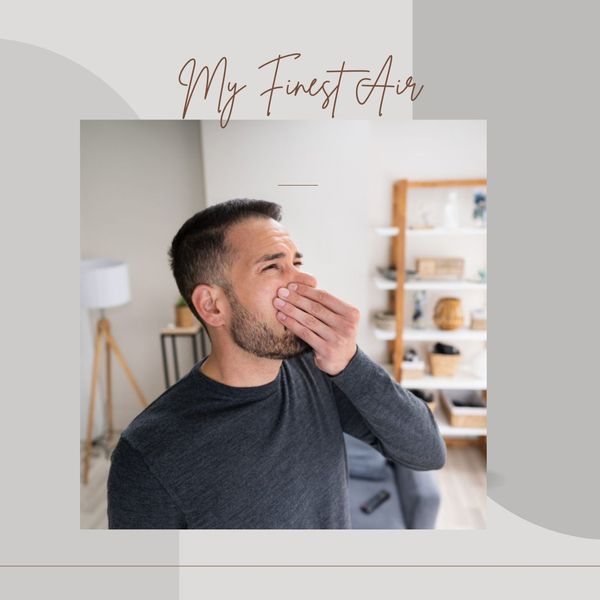A well-insulated but poorly ventilated home can build excessive moisture that isn’t easy to tackle.
Are you developing certain allergies due to moist air? If you are wondering about the other signs and symptoms of high humidity in your home, the reasons for humidity, and how you can decrease it, keep reading this article to get a clearer idea.
What Are The Symptoms of High Humidity in Home
High humidity in the home isn’t something you can ignore because its obvious signs force you to get rid of it as soon as possible. Here are some visible symptoms of high humidity in the home:

Musty Smell
Molds and mildews are commonly found at normal levels in different places of the home. However, with excessive moisture, the mildews spread around the corners and walls, giving off musty and nasty smells. Usually, mildew starts to grow in the spaces of your home where air passage isn’t proper, such as basements.
Mildew may not be visible to you, but you can detect its presence due to its musty smell.
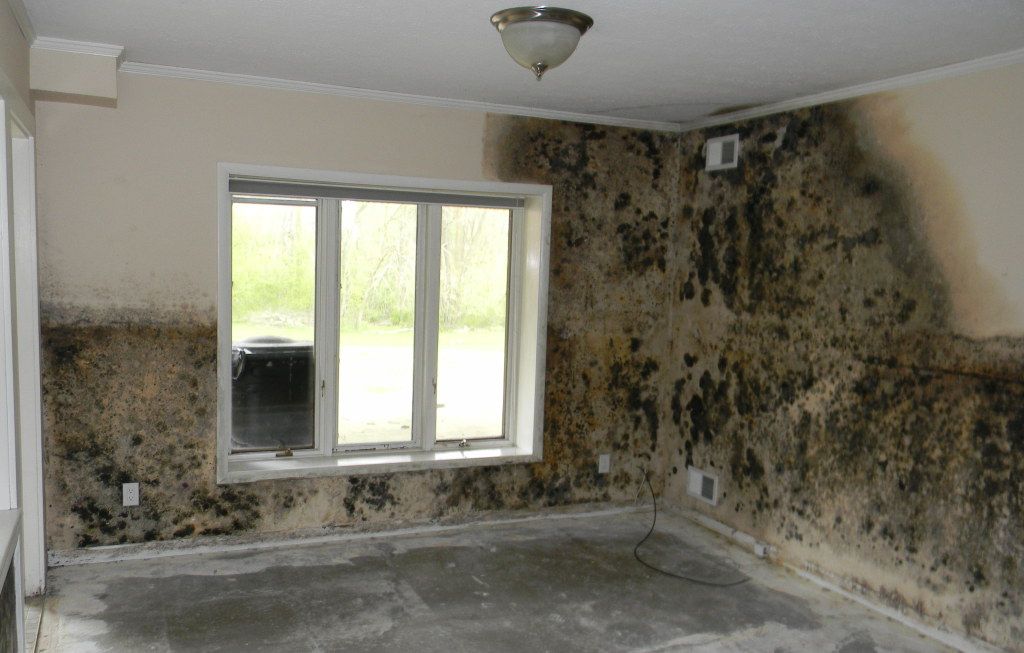
Moisture on Window Panes
Excessive Mold Growth
Too much moisture provides favorable growth and reproductive conditions to the mold. Mold grows faster in moist environments such as bathrooms and kitchens if cleanliness isn’t ensured.
It would help if you took it seriously because mold is a major constituent of polluted air. If mold is visible or you smell its presence, try to eliminate it abruptly.
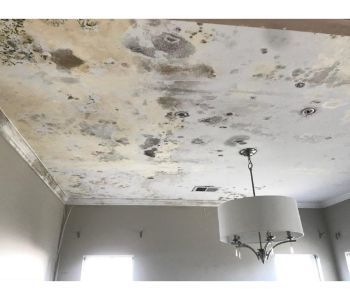
Discoloration of Exposed Surfaces
If furniture, faucets, and floors are exposed to high humidity for longer, they will turn to lose their original colors. The wood will look faded due to moisture absorption. Also, the wooden cabinets, doors, and furniture will swell up and start to rot till it destroys.
Allergic Reactions
If you are allergic to humidity, there is an instant chance of coughing and wheezing which can exceed without proper care. Even the mold and mildew population will also trigger severe allergic reactions. A person with asthma will face difficulty breathing and many more issues.
The damage isn’t only for allergic persons; excessive moisture can also damage your hair and skin. Curly and dry hair results from too much moisture in the air.
Disturbed Sleep
You may be worried about why you are suddenly facing issues with a regular sleeping schedule. High humidity in the bedroom will not let you sleep comfortably. You will be sleep deprived or find it too hard to sleep.
See Our Blog: How Long Should You Run An Air Purifier - Quality Indicator
What Causes Too Much Humidity in Your Home? - Reasons for Humidity
Now you are aware of the signs and symptoms of high humidity in your home, let’s find out the causes of it.
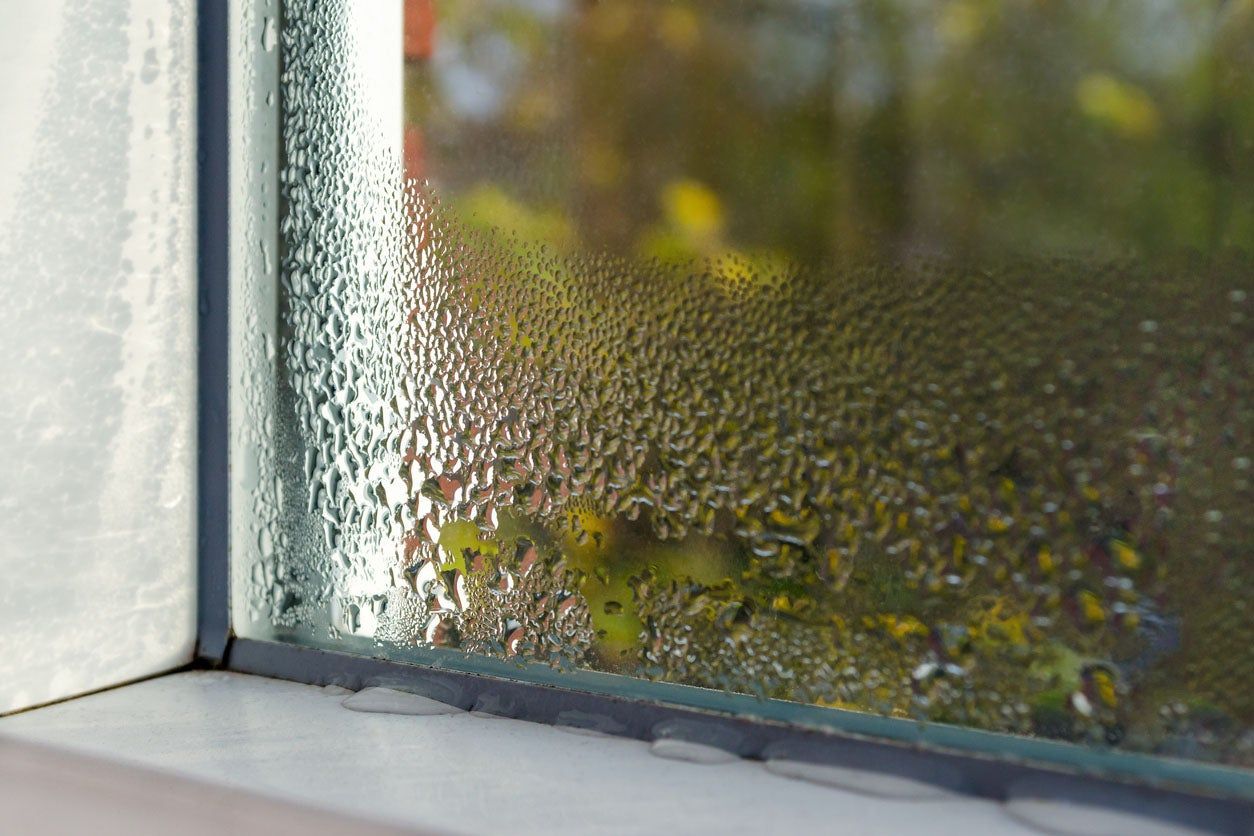
Inadequate Thermal Boundary
You will notice a huge environmental change if your home mixes outdoor and indoor air. A thermal barrier is necessary to separate both environments, which you can also do by insulation.
High Humidity Due to AC
The HVAC system is supposed to keep the indoor weather balanced and controlled. If it has lost the ability to dehumidify the air, you need to replace or repair it. A faulty AC will add extra moisture to the air by taking humidity levels above the limited range.
Also See: Hepa Air Purifier Side Effects - Is It Safe To Use?
Leakage In Water Lines
The moisture on the walls gets through leakage in water lines. Large visible spots will appear on the wall while the paint will start to peel off. Sometimes the plumbing system isn’t installed accurately, which causes water seepage to disrupt the area.
Humid Weather or Rainfall
Heavy rainfall is another major reason for indoor humidity, which often stays on the roof to add moisture to the walls and other areas. You might have noticed the humidity levels increase ten folds in rainy weather. If there is no proper aeration in the home, the moisture will stay longer, causing more damage to your home.
How to Reduce Humidity in Home - The Ultimate Solution
Get A Dehumidifier
The ideal solution to control home moisture is installing a dehumidifier. A dehumidifier will induce condensation of water vapors towards the device and push it outside to reduce humidity. Fix a dehumidifier with an HVAC system or get a portable one to remove moisture from each room.
Improve Ventilation
Proper ventilation is an essential factor that helps deal with humidity. Ensure ventilation in all areas of your home to avoid these problems.
Along with ventilation, try to improve insulation to keep the surfaces of your home weatherproof.
Turn On Air Conditioner
If you do not have a dehumidifier, your air conditioner will act like one. It will remove moisture through the air by absorbing moisture and paying off cold but dry air.
Grow Moisture Absorbing Plants
It might be new to hear, but growing indoor water-absorbing plants will help make your home environment comfortable. General plants add extra humidity to the air, but certain plants such as Boston Fern, English Ivy, and Reed Palm are best for absorbing moisture.

How Much Humidity Is Alarming - The Ideal Humidity Level
EPA suggests that the ideal humidity for an indoor environment must be 40%. At this percentage, the air will be comfortable for breathing and won’t cause any issues. Too low or too high humidity can severely damage your health and home, so keeping it at an optimal level is the smart trick. If the humidity levels rise above 60%, this is an alarming sign for you.
Final Thoughts
The symptoms of high humidity in the home clearly show the harm and hazards you can get through it. If you neglect the situation longer, the consequences will get worse.
We hope this article will help you maintain relative humidity in your home to prevent the side effects of high moisture levels.



